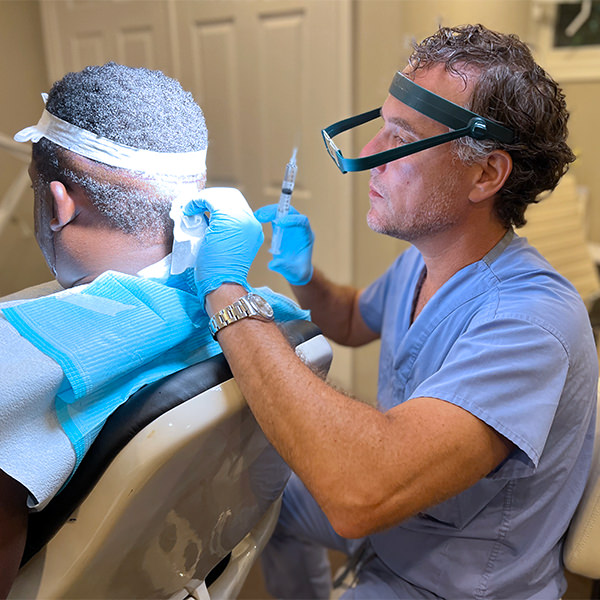


Hair transplant recovery & hair growth
Patients can return home on the day of the hair transplant surgery. Typically, we apply a gauze dressing to the area where the hair was taken, but the area where the hair was implanted doesn’t need any dressings or bandages. Some prefer to leave our office wearing a baseball cap, bandana, or scarf. We recommend having a friend or family member drive you home, but if needed, we can organize a car service for you.
Recovery following hair transplantation is generally uncomplicated. All procedures have associated risks, such as minor infections or bleeding, and patients are prescribed a one-week course of antibiotics as well as medication to minimize swelling.
After undergoing a strip surgery (FUT), experiencing some tightness and discomfort in the area where the hair was taken is common. Despite the absence of scalpel incisions, stitches, or linear scars, some temporary discomfort may still occur for those who have opted for an FUE procedure. Typically, slight discomfort can be alleviated with over-the-counter pain relievers like acetaminophen (Tylenol) or ibuprofen (Advil) and cool compresses. However, we offer prescription pain medication for those requiring additional relief for one to two days.
Downtime
After a hair transplant, it’s common to experience some swelling that may extend down to the forehead, eyelids, and occasionally the cheeks, giving a slightly puffy look for a few days. However, this is a typical and expected outcome of the surgery and shouldn’t be a cause for concern. Scabs and crusts will form around the grafts in the treated areas. Maintaining cleanliness and moisture in the grafted zones is crucial. Gentle hair washing can start within one to two days post-surgery. Typically, the scabs will be shed by the end of the first week, revealing the transplanted follicles, which usually start to grow about three months after the procedure.
You will receive detailed, written guidelines on how to look after both the donor and recipient sites following your transplant. Washing your hair is allowed on the first or second day after the procedure. Mild physical activities can be gradually reintroduced 5-7 days post-transplant, but we advise taking a break from intense exercise and swimming for 2-3 weeks.
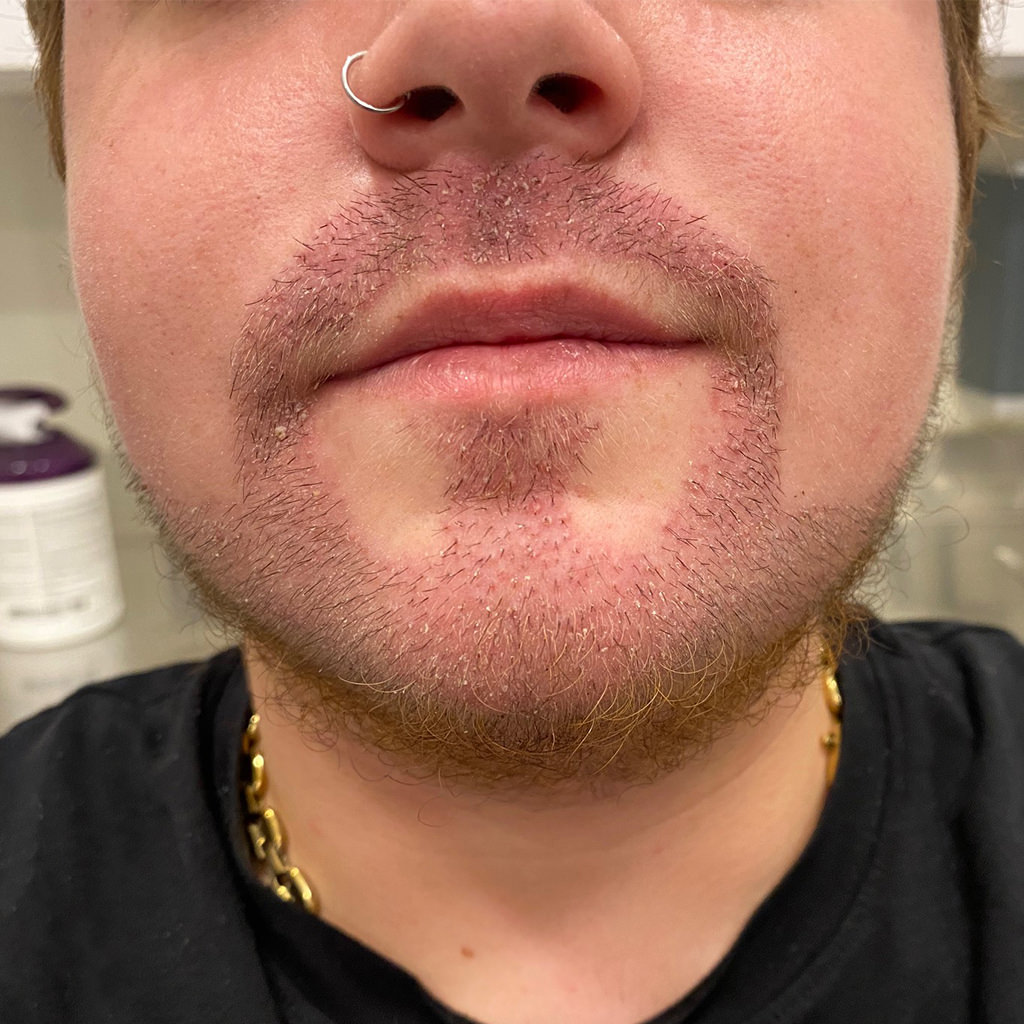
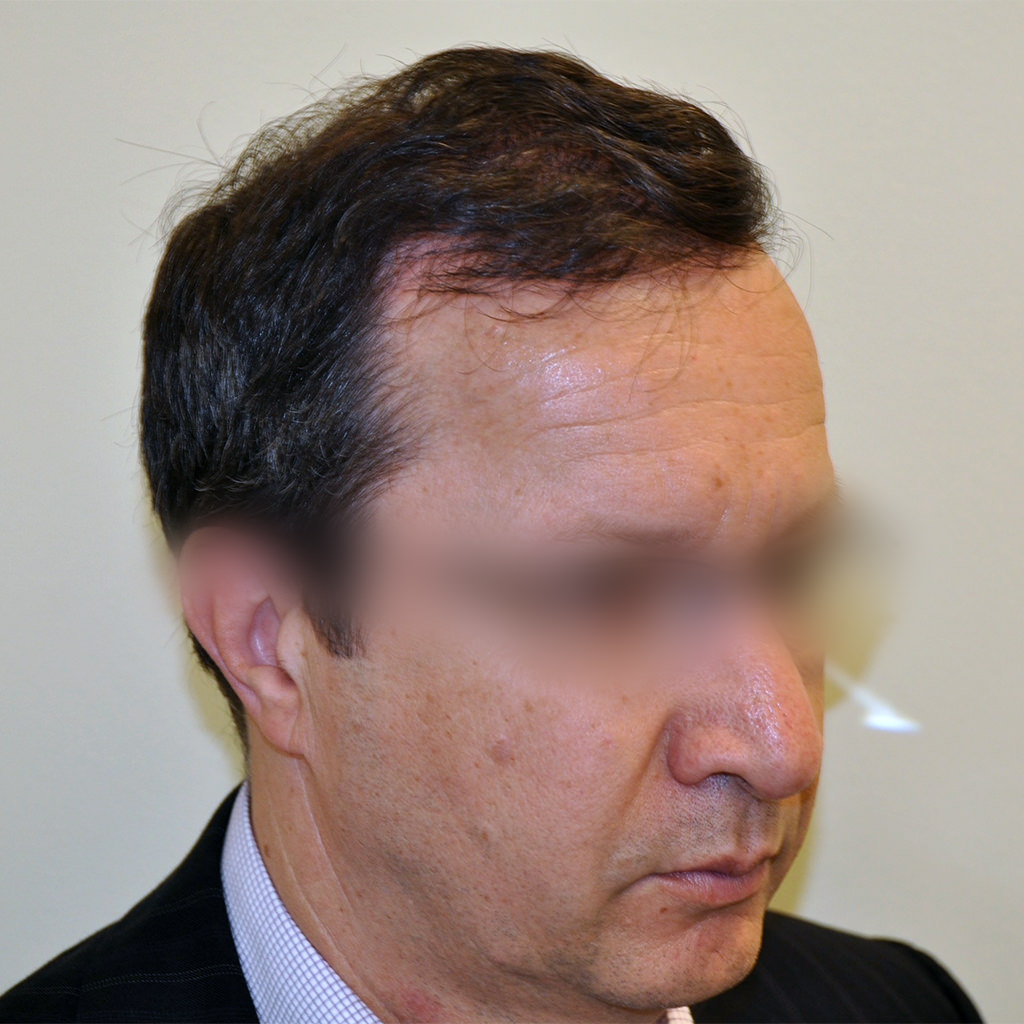
When can I go back to work following a hair transplant?
The recovery period for a hair transplant varies based on the procedure’s scope and the transplants’ locations. Typically, any discomfort is minor and manageable. The required time off from work can also vary depending on your job type. While we usually suggest a minimum of 2-3 days off, many patients can handle phone calls, respond to emails, and perform computer-based tasks as early as the day after the procedure. Some individuals even manage business communications or use their laptops and phones during the procedure!
Most patients can expect to appear presentable for in-person engagements or Zoom meetings within 7-10 days. For those who undergo a strip (FUT) procedure, the trimmed donor area is effectively concealed by the surrounding hair, making it invisible. In the case of an FUE procedure, where a more extensive section at the back and sides of the scalp is trimmed, the surrounding hair quickly grows over the donor sites. This usually results in a look resembling a “high and tight” haircut within a few days.
Will others be able to tell that I’ve had something done?
As mentioned earlier, it’s common to experience some light swelling and redness for about a week, leading many people to opt for taking a few days off. Once any temporary redness or swelling subsides, your appearance will largely revert to how it was pre-procedure. For those who undergo a strip (FUT) procedure, only the donor area is trimmed, which remains hidden under the adjacent hair and is not noticeable. In contrast, an FUE procedure typically involves trimming a more extensive area at the back and sides of the head. However, the hair around these areas grows back quickly, usually resulting in a “high and tight” hairstyle within a short period.
The transplanted hair follicles go through a dormant phase in the scalp for some time, so after the initial recovery phase, the transplant will be inconspicuous, making it unlikely for anyone to discern that you have undergone the procedure.
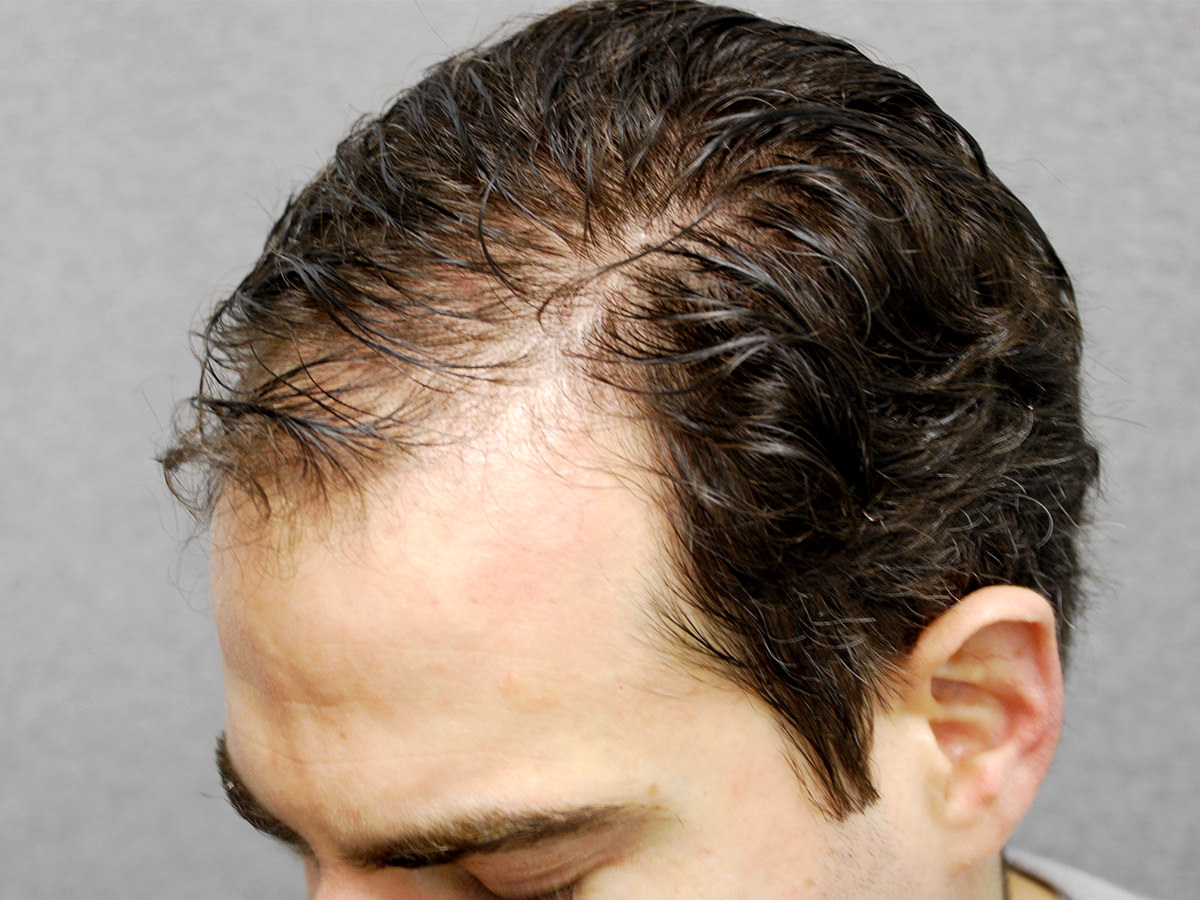
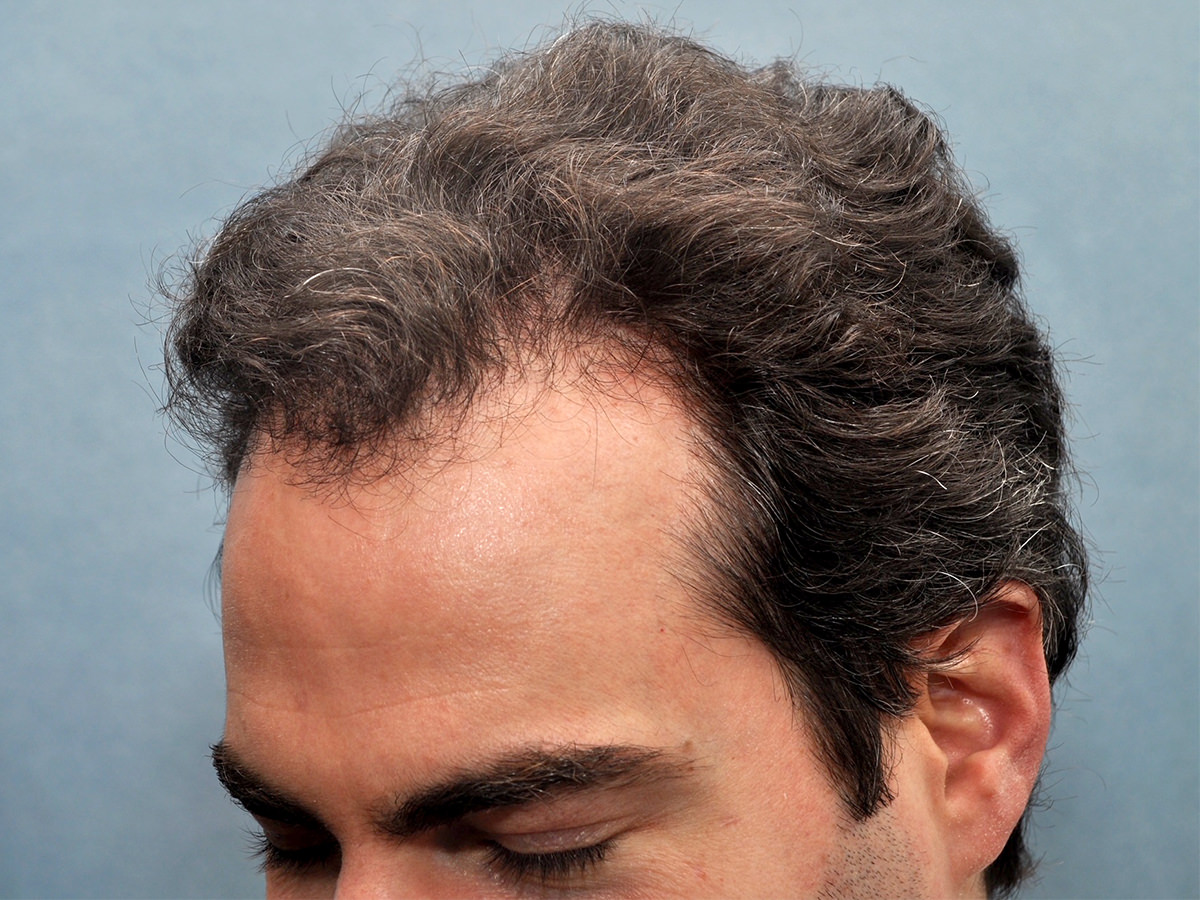
Hair growth
As previously mentioned, the newly transplanted hair follicles typically start to grow within 2-3 months. To support graft growth and minimize future hair loss in non-transplanted areas, some patients opt for medical treatments, including topical minoxidil or injectable therapies. Most patients often observe a noticeable enhancement within 4-6 months, while the complete results of the transplant may take 12-18 months to manifest fully. The transplanted hair is your own and will grow indefinitely. You can treat it like your natural hair—trimming, styling, using hair products, swimming, and participating in sports and other activities as usual.
AM I A CANDIDATE?
Our Hair Loss Self Evaluation tool can help you decide if a hair transplant is the right procedure for you.
START YOUR TRANSFORMATION TODAY
Your hair transplant journey begins with your decision to make a positive change.
At Follicle HT, our philosophy is that modern hair transplantation is a freedom granting procedure. We strive to help all our patients look and feel their very best by having the full range of options available.
Let’s open a discussion, see how we can help!

